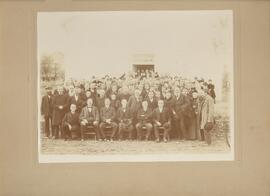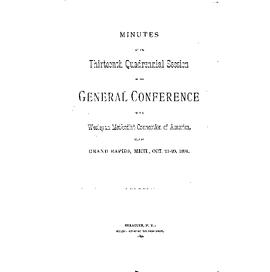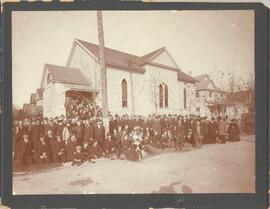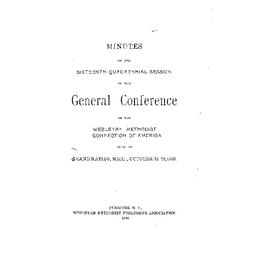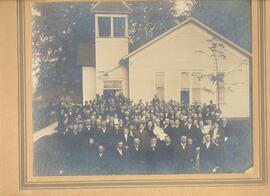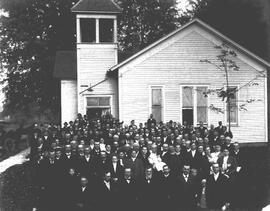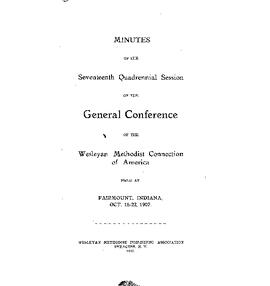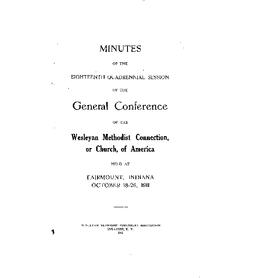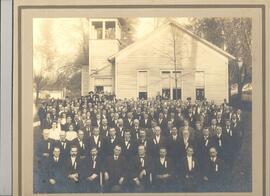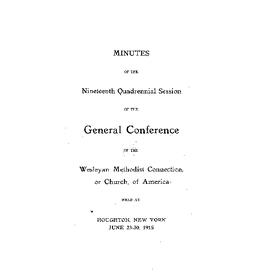Identity elements
Reference code
Name and location of repository
Level of description
Title
Date(s)
- 1843 (Creation)
Extent
1000000000
Name of creator
Administrative history
The Wesleyan Methodist Church of America emerged in response to the Methodist Episcopal Church's support of slavery and its centralized, authoritarian governance. In November 1842, leaders O. Scott, J. Horton, and L. R. Sunderland withdrew from the Methodist Episcopal Church and launched The True Wesleyan, a weekly publication explaining their reasons for separation. In December, Luther Lee and L. C. Matlack also withdrew, marking the formal beginning of the Wesleyan movement. Although earlier separations had occurred—particularly in Michigan, where a conference was established—these events laid the foundation for the official organization. The first church of the new denomination was founded in Providence, Rhode Island. In February 1843, a preliminary convention was held in Andover, Massachusetts, which led to a General Convention in Utica, New York, on May 31, 1843. There, the Wesleyan Methodist Church was officially organized and adopted a governing Discipline. The first General Conference convened in October 1844 to revise this Discipline, followed by a second in October 1848, which produced a more comprehensive and clearly organized version.
Content and structure elements
Scope and content
This area contains a broad collection of materials documenting the general history of the denomination from its founding to the present. The records include narratives, historical summaries, anniversary publications, commemorative booklets, biographical sketches of key leaders, timelines, and interpretive essays. These materials provide insight into the denomination’s origins, theological development, organizational structure, major events, and evolution over time. Also included are accounts of local and national movements, missionary work, social justice efforts, and educational initiatives. This collection serves as a foundational resource for understanding the denomination’s identity, values, and impact, offering researchers and members a comprehensive overview of its historical journey.
System of arrangement
Conditions of access and use elements
Conditions governing access
Physical access
Technical access
Conditions governing reproduction
Languages of the material
Scripts of the material
Language and script notes
Finding aids
Acquisition and appraisal elements
Custodial history
Immediate source of acquisition
Appraisal, destruction and scheduling information
Accruals
Related materials elements
Existence and location of originals
Existence and location of copies
Related archival materials
Related descriptions
Notes element
Specialized notes
Alternative identifier(s)
Description control element
Rules or conventions
Sources used
Access points
Subject access points
Place access points
Name access points
- The Wesleyan Methodist Church of America (Subject)


